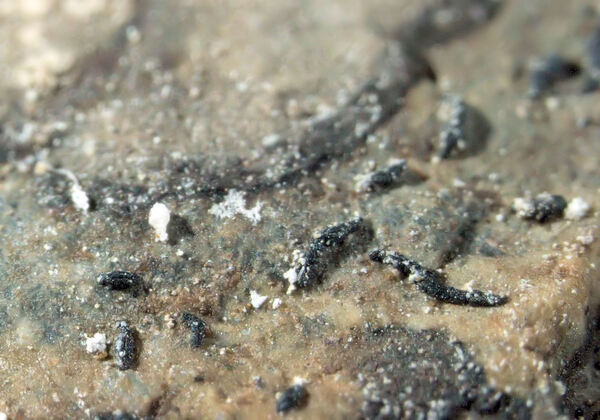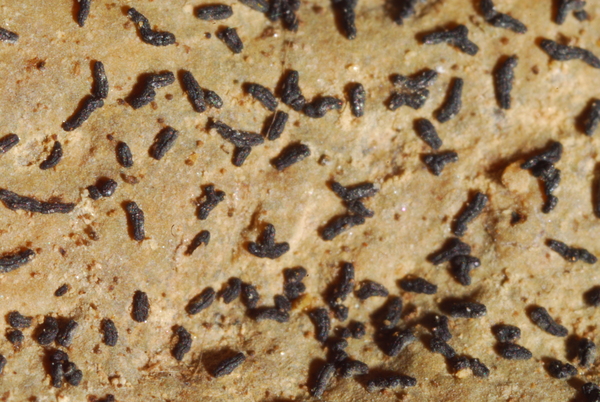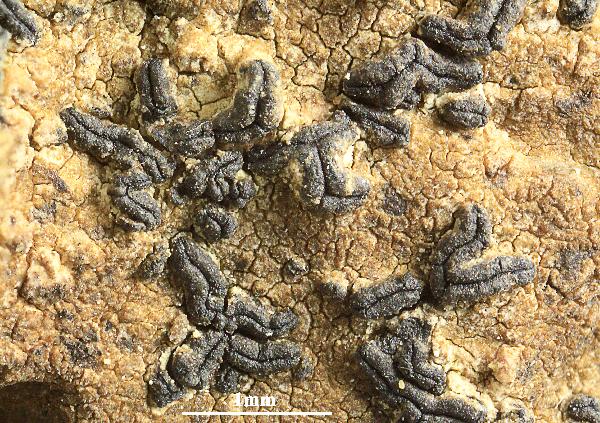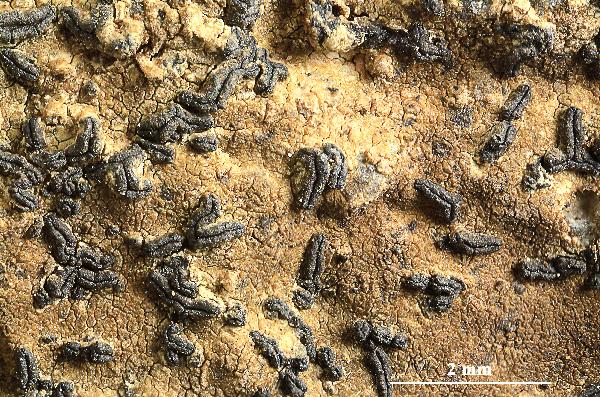Opegrapha lithyrga Ach.
Lichenogr. Univ.: 247, 1810.
Synonyms: Opegrapha lithyrgodes Nyl. ex Leight.
Distribution: N - TAA, Lomb, Piem (Isocrono & al. 2004), Lig. C - Tosc, Sar. S - Camp, Pugl (Jatta 1909-1911), Cal (Puntillo 1996), Si (Grillo 1998, Grillo & Caniglia 2004).
Description: Thallus crustose, thin and poorly developed, smooth and film-like or rarely granular, grey, olive-brown, grey-brown, rarely rusty brown. Apothecia lirelliform, black, solitary or in small clusters, round, ellipsoid or more commonly sinuous-elongate, simple or sometimes branched, (0.1-)0.5-1.5(-2) x (0.07-)0.1-0.2(-0.25) mm, 50-80 µm tall, with a slit-like, epruinose disc, and a thick, persistent, epruinose proper margin. Proper exciple black, carbonized, continuous below the hypothecium, 13-18 μm thick laterally and 40-60 μm at the base, K+ greenish; epithecium brownish; hymenium colourless, 60-80 μm high, I+ reddish; paraphysoids branched and anastomosing, c. 1 μm thick, the apical cells hardly swollen; subhymenium grey-brown, I+ reddish. Asci 8-spored, cylindrical-clavate, the inner layer of the endoascus amyloid throughout, the apical ring hardly visible (Vulgata-type), 40-60 x 15-18 µm. Ascospores 5-7-septate, hyaline, fusiform, straight or slightly curved, 20-35 x (2.5-)3-5 μm, with a 1-1.5 μm thick, gelatinous perispore. Pycnidia black, very small, sunken in thallus. Conidia straight, bacilliform and 3-5 x c. 1 μm, or filiform, curved, and 10-14 x c. 0.5 μm. Photobiont trentepohlioid. Spot tests: K-, C-, KC-, P-, UV-. Chemistry: without lichen substances. Note: on vertical to rain-sheltered surfaces of hard siliceous rocks in deep gorges or in mature forests. Closely related to O. vulgata.
Growth form: Crustose
Substrata: rocks
Photobiont: Trentepohlia
Reproductive strategy: mainly sexual
Most common in areas with a humid-warm climate (e.g. most of Tyrrenian Italy)
In underhangs rarely wetted by rain
Commonnes-rarity: (info)
Alpine belt: absent
Subalpine belt: absent
Oromediterranean belt: absent
Montane belt: very rare
Submediterranean belt: extremely rare
Padanian area: absent
Humid submediterranean belt: very rare
Humid mediterranean belt: absent
Dry mediterranean belt: absent

Predictive model
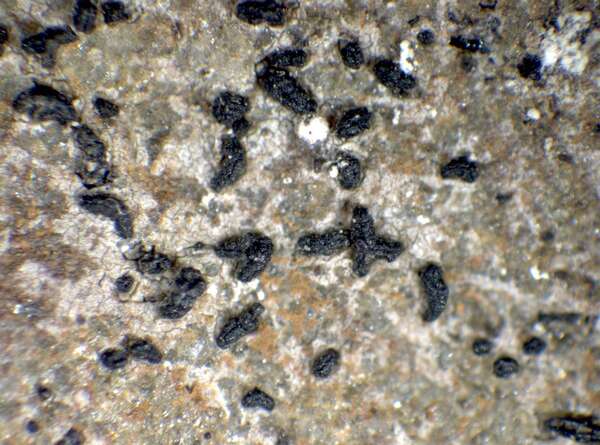

P.L. Nimis; Owner: Department of Life Sciences, University of Trieste
Herbarium: TSB (23285)
2001/11/27

Bernard Bouffinier - Source: http://www.lichensmaritimes.org/index.php?task=fiche&lichen=1023&lang=en
France, Landevennec
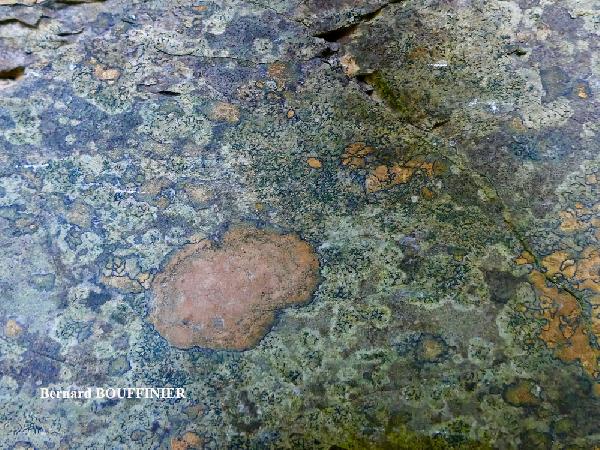
Bernard Bouffinier - Source: http://www.lichensmaritimes.org/index.php?task=fiche&lichen=1023&lang=en
France, Landevennec
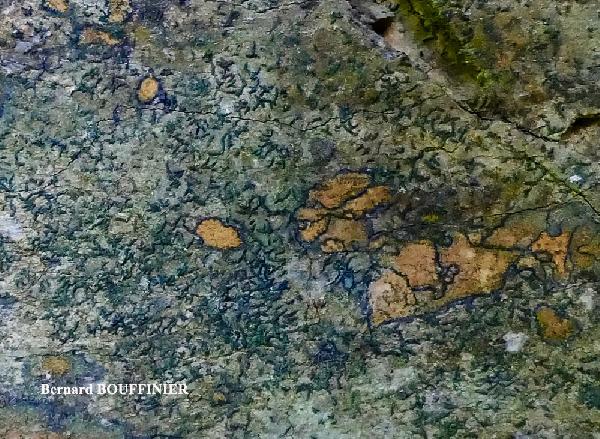
Bernard Bouffinier - Source: http://www.lichensmaritimes.org/index.php?task=fiche&lichen=1023&lang=en
France, Landevennec
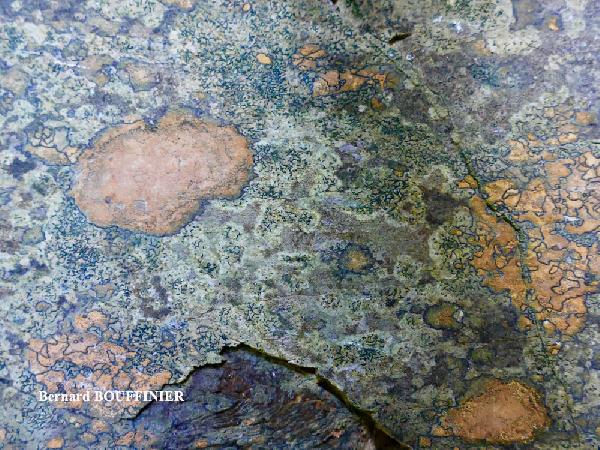
Bernard Bouffinier - Source: http://www.lichensmaritimes.org/index.php?task=fiche&lichen=1023&lang=en
France, Landevennec
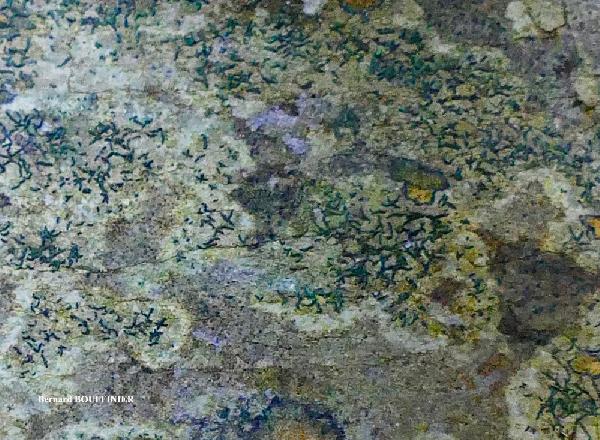
Bernard Bouffinier - Source: http://www.lichensmaritimes.org/index.php?task=fiche&lichen=1023&lang=en
France, Landevennec
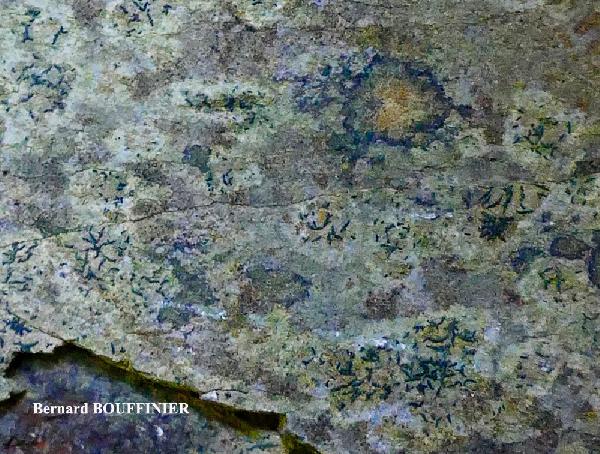
Bernard Bouffinier - Source: http://www.lichensmaritimes.org/index.php?task=fiche&lichen=1023&lang=en
France, Landevennec
Growth form: Crustose
Substrata: rocks
Photobiont: Trentepohlia
Reproductive strategy: mainly sexual
Most common in areas with a humid-warm climate (e.g. most of Tyrrenian Italy)
In underhangs rarely wetted by rain
Commonnes-rarity: (info)
Alpine belt: absent
Subalpine belt: absent
Oromediterranean belt: absent
Montane belt: very rare
Submediterranean belt: extremely rare
Padanian area: absent
Humid submediterranean belt: very rare
Humid mediterranean belt: absent
Dry mediterranean belt: absent

Predictive model


P.L. Nimis; Owner: Department of Life Sciences, University of Trieste
Herbarium: TSB (23285)
2001/11/27

Bernard Bouffinier - Source: http://www.lichensmaritimes.org/index.php?task=fiche&lichen=1023&lang=en
France, Landevennec

Bernard Bouffinier - Source: http://www.lichensmaritimes.org/index.php?task=fiche&lichen=1023&lang=en
France, Landevennec

Bernard Bouffinier - Source: http://www.lichensmaritimes.org/index.php?task=fiche&lichen=1023&lang=en
France, Landevennec

Bernard Bouffinier - Source: http://www.lichensmaritimes.org/index.php?task=fiche&lichen=1023&lang=en
France, Landevennec

Bernard Bouffinier - Source: http://www.lichensmaritimes.org/index.php?task=fiche&lichen=1023&lang=en
France, Landevennec

 INDEX FUNGORUM
INDEX FUNGORUM
 GBIF
GBIF
 DOLICHENS
DOLICHENS

